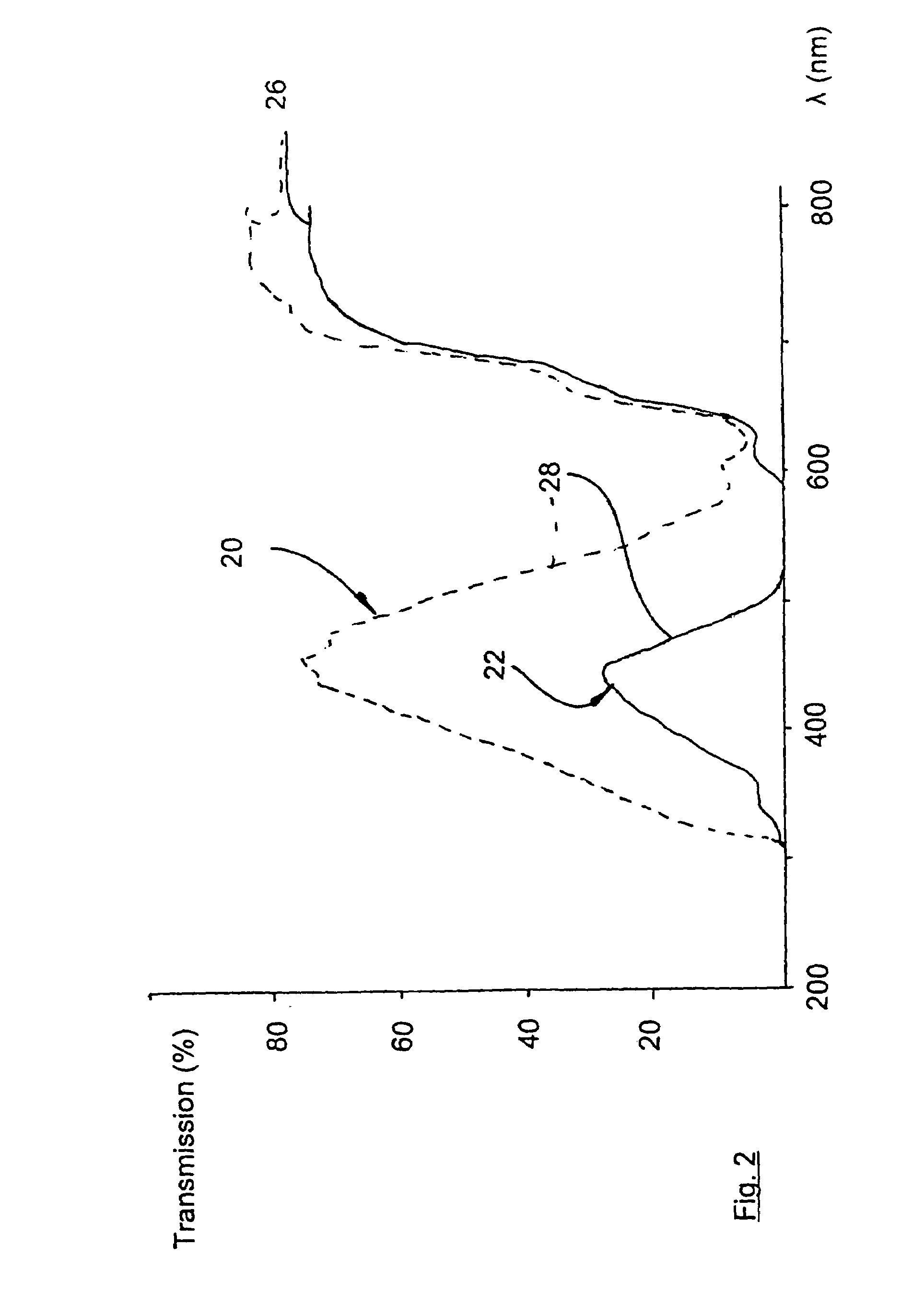Binoculars
a technology of binoculars and lenses, applied in the field of binoculars, to achieve the effect of high production costs
- Summary
- Abstract
- Description
- Claims
- Application Information
AI Technical Summary
Benefits of technology
Problems solved by technology
Method used
Image
Examples
Embodiment Construction
[0024]While the present invention is capable of embodiment in many different forms, there is shown in the drawings and will herein be described in detail exemplary embodiments of the invention with the understanding that the present disclosure is to be considered as an exemplification of the principles of the invention and is not intended to limit the broad aspect of the invention to the embodiments illustrated. Like parts used in the various embodiments disclosed may use the same reference numbers unless otherwise stated.
[0025]FIG. 1 shows schematically a pair of binoculars which exhibits two articulated monoculars 2A, 2B. The articular bridge is indicated schematically at 4.
[0026]Where in the following it is not a question of the distinction between the monoculars 2A and 2B, the reference symbol 2 will simply be used. The same applies to components of the monoculars 2 that are provided symmetrically.
[0027]Each monocular 2 has a casing 10 which exhibits two lens-holders 12, 14, int...
PUM
 Login to View More
Login to View More Abstract
Description
Claims
Application Information
 Login to View More
Login to View More - R&D
- Intellectual Property
- Life Sciences
- Materials
- Tech Scout
- Unparalleled Data Quality
- Higher Quality Content
- 60% Fewer Hallucinations
Browse by: Latest US Patents, China's latest patents, Technical Efficacy Thesaurus, Application Domain, Technology Topic, Popular Technical Reports.
© 2025 PatSnap. All rights reserved.Legal|Privacy policy|Modern Slavery Act Transparency Statement|Sitemap|About US| Contact US: help@patsnap.com



